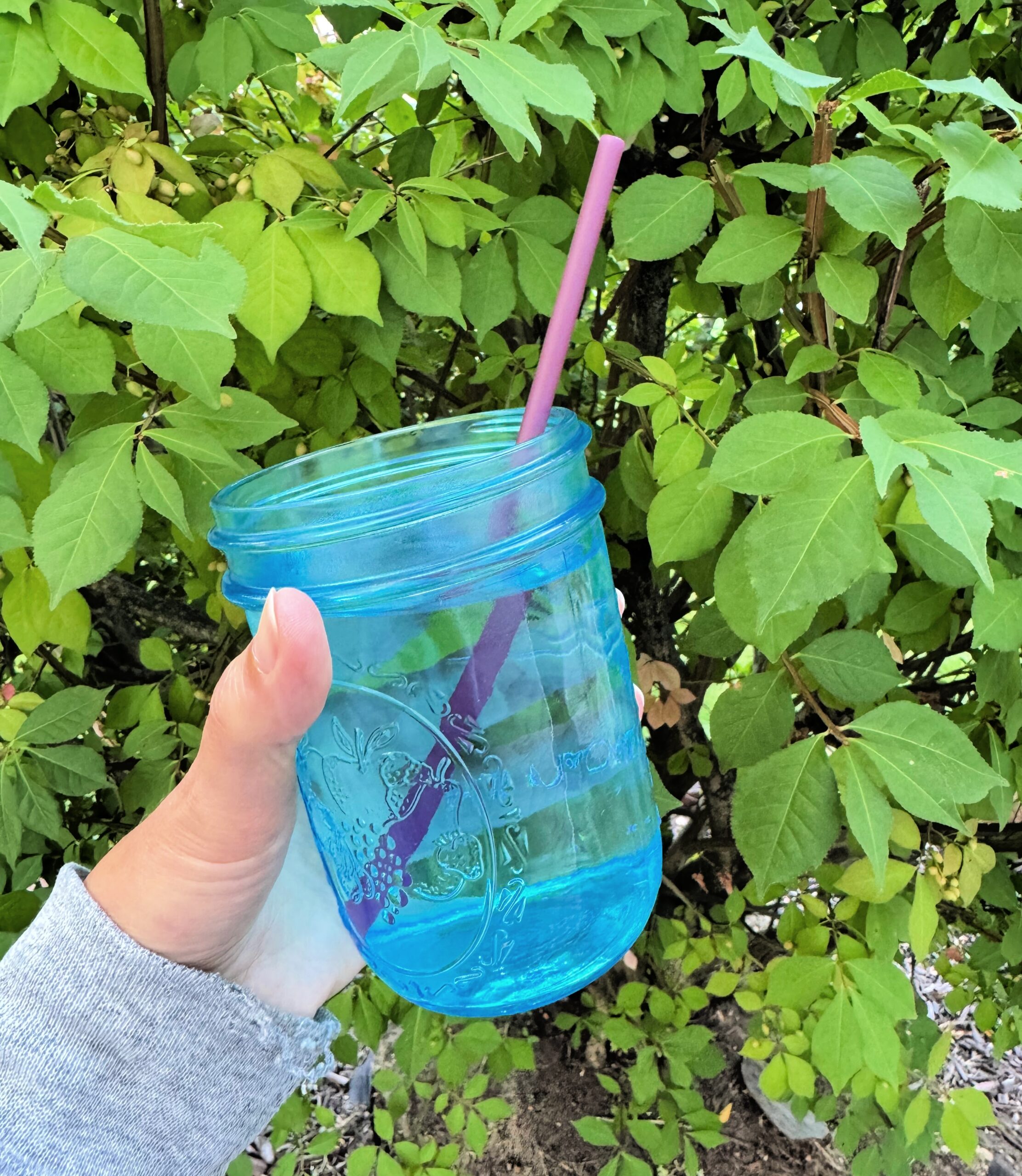Ever heard of microplastics? These tiny particles are popping up everywhere—from the water we drink to the food we eat, even in the air we breathe. For parents, that’s pretty concerning. No one wants their kids exposed to harmful stuff, especially when it’s so sneaky. But here’s the good news: you can start cutting down on your family’s microplastic exposure today. It’s all about making a few smart swaps and being a little more mindful about what you bring into your home.

The Plastic Problem: Why It Matters
Before diving into the “how,” let’s chat about the “why.” Microplastics are teeny-tiny bits of plastic that come from larger plastic items breaking down over time. They’re so small that they slip through water filters and end up everywhere—oceans, rivers, and, yes, even in our bodies. While research is still ongoing, early studies suggest that microplastics could have harmful effects on our health, potentially messing with our hormones, lungs, and even our immune systems.
For families, the stakes are higher. Kids are still growing, and their bodies are more vulnerable to environmental toxins. Reducing their exposure now can make a big difference in their long-term health. Plus, when you start reducing microplastics in your home, you’re also making eco-friendly choices that help protect the planet they’ll inherit.
The Power of Water: Choosing Safer Options
Water is life, but it’s also one of the most common ways microplastics sneak into our bodies. The truth is that plastic particles are found in a lot of bottled water and even in some tap water sources. The solution? Get smart about what you drink from.
This is where water bottles come into play. Not just any water bottle, though—it’s all about picking the best ones. And guess what? The best hydrogen water bottles can ban microplastics from entering your drink. Hydrogen water bottles are designed to filter out impurities, including those pesky microplastics, giving your family cleaner, safer water to sip on. Plus, these bottles often come with the added bonus of being reusable, which means you’re cutting down on single-use plastics, too.
In the Kitchen: Watch Out for the Hidden Stuff
We spend a lot of time in the kitchen, so it’s no surprise that it’s a hotspot for microplastic exposure. Plastic food containers cling wraps, and even non-stick pans can all release tiny particles into your food, especially when heated. But don’t worry; you don’t need a full kitchen overhaul to make a difference.
Start by swapping out plastic containers for glass or stainless steel ones. They’re not only safer but also more durable and easier to clean. Also, consider ditching cling wraps for beeswax wraps or silicone lids—they work just as well without the added plastic. And about those non-stick pans? Opt for cast iron or stainless steel instead; they’re great for cooking and won’t leave you wondering if your meal comes with a side of microplastics.
Oh, and here’s a sneaky one: check your laundry routine. There’s hidden plastic in dryer sheets that can stick to your clothes and eventually end up in your home’s dust. Switch to wool dryer balls or reusable dryer sheets—they’ll keep your clothes static-free without the extra plastic.
Dressing Smart: Clothing Choices That Count
You might not think of your closet as a microplastic minefield, but it kind of is. Many clothes, especially those made from synthetic fibers like polyester, release microplastics every time they’re washed. These fibers are so small that they pass through washing machine filters and end up in our waterways.
So, what’s the fix? When shopping for new clothes, lean towards natural fibers like cotton, wool, or linen. They’re not only softer on your skin but also better for the environment. When it comes to washing, consider using a microfiber-catching bag or a washing machine filter designed to trap those tiny particles before they go down the drain. It’s a small change that can have a big impact.
Family Time: Getting Everyone Involved
Making these changes doesn’t have to be a solo mission—get the whole family involved! Teach your kids about why it’s important to reduce plastic use and how they can help. Whether it’s packing their lunch in a cool metal bento box instead of a plastic baggie or picking out new glass water bottles together, these small steps can turn into fun family projects.
You can even turn it into a challenge—who can come up with the best plastic-free swaps? This not only makes the process more engaging but also helps everyone feel invested in the changes you’re making. Plus, it’s a great way to instill eco-friendly habits that they’ll carry into adulthood.
Small Steps, Big Impact
Cutting down on microplastic exposure might seem like a big task, but it’s totally doable with a few mindful changes. From the kitchen to the laundry room, there are plenty of ways to protect your family from these tiny toxins. And while the idea of microplastics can feel overwhelming, remember that every small step counts. You’re not just making healthier choices for your family today—you’re setting the stage for a cleaner, safer future. So, why not start now? The sooner you begin, the better off your family will be.


Leave A Comment